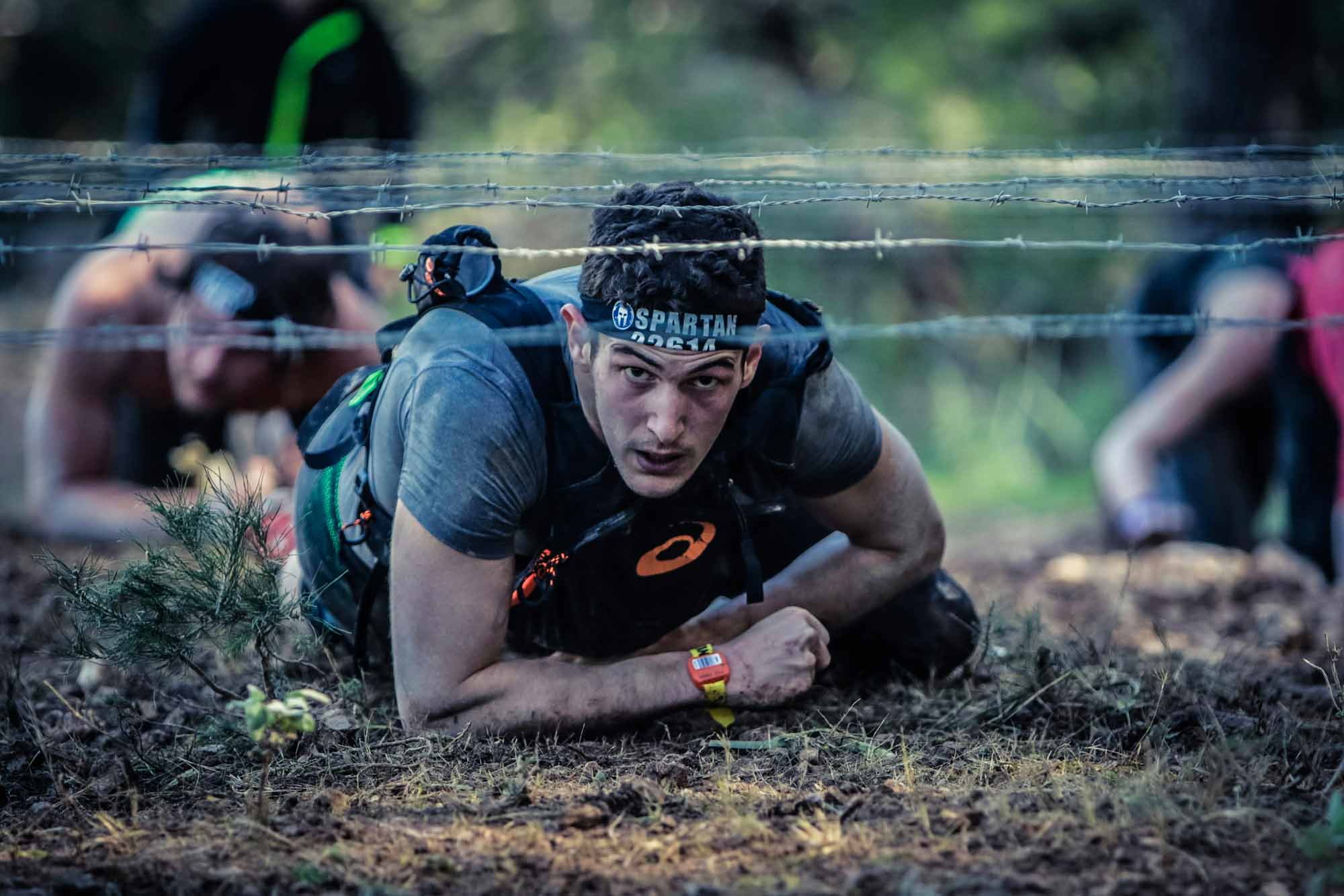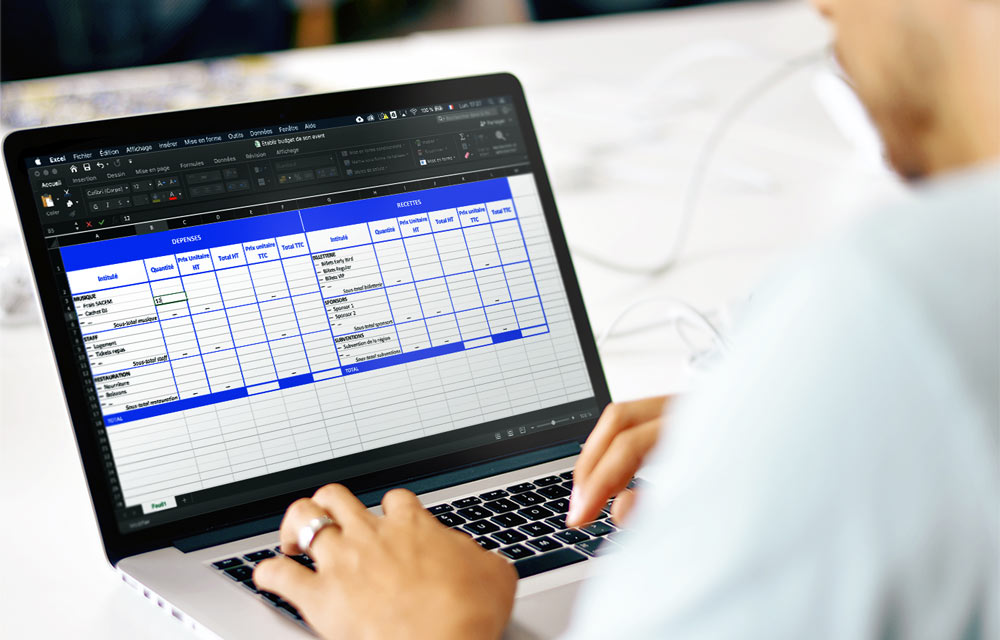An obstacle race is a type of foot race over several kilometres, along which participants must overcome various obstacles, similar to a “tough mudder” course. This discipline has gained popularity in recent years, with the number of participants steadily increasing.
Each year, the sport experiences growth of over 20% in terms of bibs issued and events organised. For example, in 2022, the Pith’race broke its previous participant record, rising from 450 to 580 participants.
Like any event, organising an obstacle race requires planning, foresight, and teamwork. Here are a few tips for organising an obstacle race.
Summary
1. Initial steps in organising an obstacle race

Organising your event may seem daunting, but creating a detailed plan is crucial for success. Here are the key points you need to consider.
a) Safety
The safety of runners, volunteers, spectators, and photographers must be your top priority.
In terms of safety on the course, the Ministry of Sports and the French Athletics Federation (FFA) have established specific rules to follow.
The course must be marked within a clearly defined perimeter. The race should begin with enough distance to allow participants to spread out before the first obstacle, and unless the obstacle presents no inherent risk (such as a mound or ditch), it should be bypassable.
For participants, the competition is prohibited for those under 16. For minors over 16, parental consent and a medical certificate are required.
To participate in the event, all entrants must present one of the following:
- An Athlé Competition, Athlé Enterprise, or Athlé Running licence issued by the FFA, or a “Pass’ J’aime Courir” issued by the FFA, validated by a doctor and still valid on the event date. (Note: other FFA licences such as Health, Supervision, and Discovery are not accepted).
- A valid sports licence from an officially recognised federation, which must include a statement of no contraindication to practising competitive sport, athletics, or running.
- A medical certificate, dated within the past year, stating no contraindication to practising competitive sport or athletics/running.
From a medical perspective, further rules are set by the FFA:
- Doctor: 1 doctor, plus an additional one if there are more than 1,000 participants.
- Nurse: If no doctor is available, a nurse under the “nurse protocol” is required.
- First-aiders: 2 PSE1-qualified members from an accredited organisation.
- Lifeguard: BNSSA for any water features.
- Ambulance: 1 ambulance, plus another for every additional 1,000 participants.
- A fixed first-aid post at the finish line for initial care.
b) Venue and obstacles
You must choose a suitable venue capable of hosting crowds, with well-planned traffic flow for the course, registration area, start and finish zones, and spectator areas. Consider hosting your event in a spacious location.
To determine the best course and obstacles, use the terrain to your advantage, incorporating natural features such as hills or streams to increase the challenge while keeping the course enjoyable and achievable.
Obstacle ideas should be original but safe. Building these obstacles requires expertise from engineers or carpenters. Look for inspiration from races like “The Mud Day”, and include mud pits, climbing walls, beams, and more.
2. Logistical considerations for safety and engagement

a) Team management
The management and training of volunteers and staff are crucial for ensuring a smooth and safe experience for all participants. Using a crowd management tool will allow you to accredit team members for various zones based on their roles, ensuring effective and secure event access control.
Many organisers have trusted the WeezCrew tool and have highlighted how valuable it is for managing their teams. Here’s feedback from the organiser of the famous Spartan Race:
“We chose to work with WeezCrew to stay close to our volunteers. The communication features are excellent, allowing us to exchange information quickly and efficiently via emails, SMS, and WhatsApp groups.
Additionally, scheduling tasks on one platform saves us time. We can provide specific instructions based on roles or the obstacles they’ll manage.
This is particularly important given the strict safety rules on the course. Team leaders can easily communicate with their teams and track recruitment processes thanks to personalised access. It’s a rewarding experience for everyone.”
b) Acces control
Using an access control tool is essential in organising your race. This will streamline and secure your event entry process.
The WeezAccess system, designed to be intuitive and easy for anyone to use, requires no prior training. Each ticket or badge comes with a unique QR code or barcode, which can be validated instantly via an app, your device’s browser, or a professional mobile terminal.
Real-time updates on the number of people present at your site provide precise control over attendance, ensuring you keep track of your event.
3. Simplifying registration and management

To make things easier for both athletes and spectators, it is now essential to offer online ticketing. You can create a tailored form for each participant type.
- For runners, you might ask for specific details like their name, email address, postal address, phone number, an emergency contact, and a medical certificate.
- For spectators, a simpler form, asking only for their name and email address, would be appropriate.
If you expect a large number of athletes and spectators, you could consider implementing a cashless payment system. Whether buying a drink, meal, souvenir, or accessing a VIP area, everything can be done in seconds simply by presenting a wristband or card to a payment terminal.
A cashless system like WeezPay offers several benefits, including quicker and more efficient transactions. By eliminating cash handling, it reduces the risk of theft or loss and offers enhanced protection for participants’ financial information.
Additionally, Weezevent’s cashless system allows you to easily track spending, useful for managing inventory and analysing consumption trends. Participants also benefit from greater flexibility, able to top up their accounts in advance or on-site, directly from their smartphone.
4. Effective promotion of your race

Communication about your obstacle race is key. First, develop a strong brand identity and engage on social media to create buzz around your event.
Be present across all possible platforms (Instagram, Twitter, Facebook, TikTok, LinkedIn…) to attract the maximum number of people. Play on the algorithms of these networks, using short videos or live broadcasts on Instagram or TikTok, hashtags, and mentions of known participants.
Then, use targeted marketing and partnerships to reach a wider audience. Try to secure sponsorship from well-known brands in the sector like CimAlp or Decathlon, which could provide equipment, or get featured on blogs and sites run by event organisers, such as Obstacle.fr.
Next, offer incentives or discounts to participants who sign up friends or family, leveraging word-of-mouth to attract new athletes or spectators.
Obstacle races are excellent for team building, as participants must collaborate to overcome the challenges on the course, strengthening team spirit. This involves effective communication, quick decision-making, and proper task delegation. Don’t hesitate to promote your event to companies to encourage them to participate as a team-building activity.
5. Budget and funding

a) Budget and funding
Organising an obstacle race requires detailed planning, with particular attention paid to participation estimates and sponsorship agreements. Use scenario analysis to understand the impact of different participation levels on your budget, and perform breakeven analysis to determine the number of participants needed to cover costs.
b) Need for adaptability
Be prepared to adjust your plan according to changes, including budget, workforce, and weather. For instance, if it rains on the event day, consider offering or selling ponchos to spectators or providing sheltered areas.
You now have all the tools needed for a successful obstacle race. Event management solutions from Weezevent will help you meet your objectives effortlessly: online ticketing, access control, and cashless payment systems will be your allies for a unique and successful event. Managing your staff and accreditations will allow you to finalise the organisation of your obstacle race with peace of mind. Managing your staff and accreditations will allow you to finalise the organisation of your obstacle race with peace of mind.
Need advice? Our team is here to answer any questions you may have.



